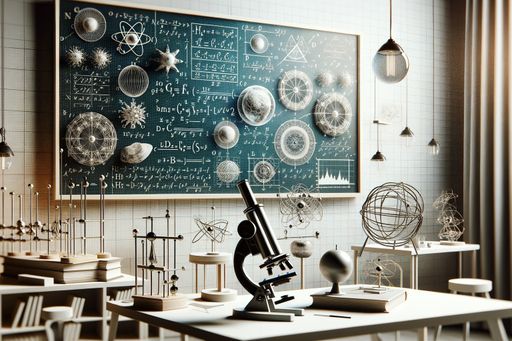Scientists Capture Direct Images of Second Sound in Superfluids
MIT physicists have successfully captured direct images of 'second sound' for the first time, expanding our understanding of heat flow in superconductors and neutron stars.

New Insights into Heat Flow in Superfluids
MIT physicists have made a groundbreaking discovery by capturing direct images of 'second sound', the movement of heat in superfluids. By visualizing this wave-like movement of heat, the researchers have expanded our understanding of heat flow in superconductors and neutron stars.
In most materials, heat scatters and dissipates, gradually fading away. However, in rare states of matter, heat can behave like a wave, moving back and forth in a manner similar to sound waves. This phenomenon is referred to as 'second sound'.
Until now, signs of second sound had only been observed in a few materials. However, the MIT physicists have successfully captured direct images of second sound, revealing how heat moves in a wave-like manner, independent of a material's particles.
Exploring the Phenomenon of Second Sound
The MIT researchers, led by Professor Martin Zwierlein, visualized second sound in a superfluid, a unique state of matter created when a cloud of atoms is cooled to extremely low temperatures. In this superfluid state, heat is predicted to flow like a wave, but it had never been directly observed until now.
The team developed a new method of thermography, using radio frequency to track the movement of heat through the superfluid. By applying different resonant radio frequencies to the fermions, the researchers were able to create 'movies' that showed the pure motion of heat, sloshing back and forth like waves of sound.
These groundbreaking experiments mark the first time that scientists have directly imaged second sound and the pure motion of heat in a superfluid quantum gas. The researchers plan to further study heat's behavior in other ultracold gases, with the goal of predicting how heat flows in other strongly interacting materials, such as high-temperature superconductors and neutron stars.
Implications for Future Research and Applications
The results of this study published in the journal Science will have a significant impact on the field of physics. By gaining a more complete understanding of how heat moves through superfluids and related materials, scientists can design and develop better systems.
Furthermore, the findings have strong connections to other areas of research. The behavior of electrons in high-temperature superconductors and neutrons in ultradense neutron stars are directly linked to the properties of the superfluid studied in this research. The ability to precisely measure thermal conductivity in these systems opens up new opportunities for creating advanced materials and technologies.
This work was supported by the National Science Foundation (NSF), the Air Force Office of Scientific Research, and the Vannevar Bush Faculty Fellowship. The MIT team is affiliated with the MIT Department of Physics and the Research Laboratory of Electronics (RLE) and part of the MIT-Harvard Center for Ultracold Atoms.



